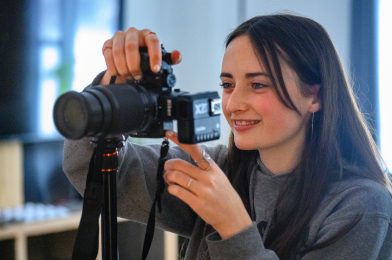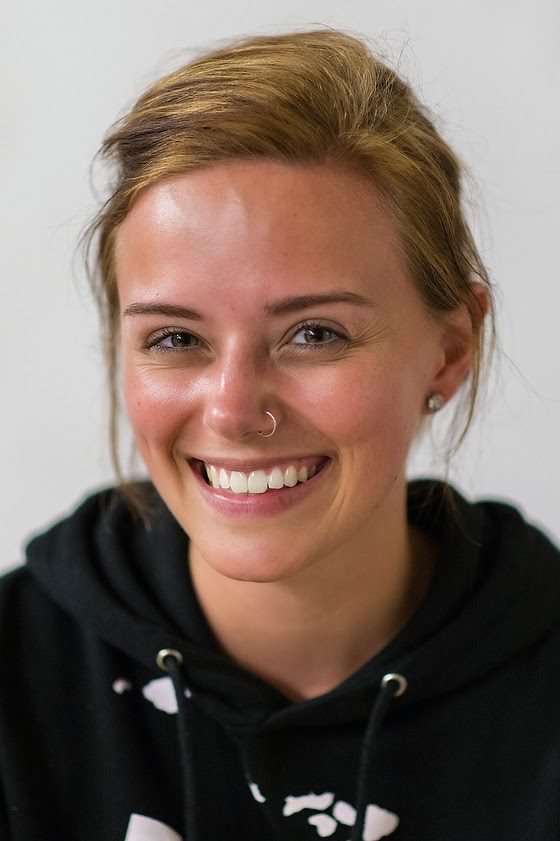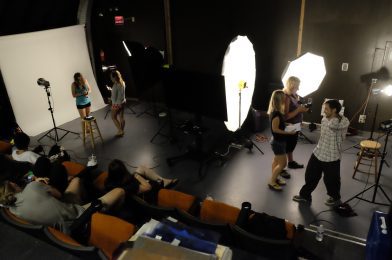Since 2006 I have been doing a one-week lighting workshop as part of the School of Photography program of YWAM with Dennis Fahringer in Kona, Hawaii.
This year I was asked by two of his former students to come to Dunham, Quebec, Canada, and teach the same thing, but this time to a school that will be in French and English.
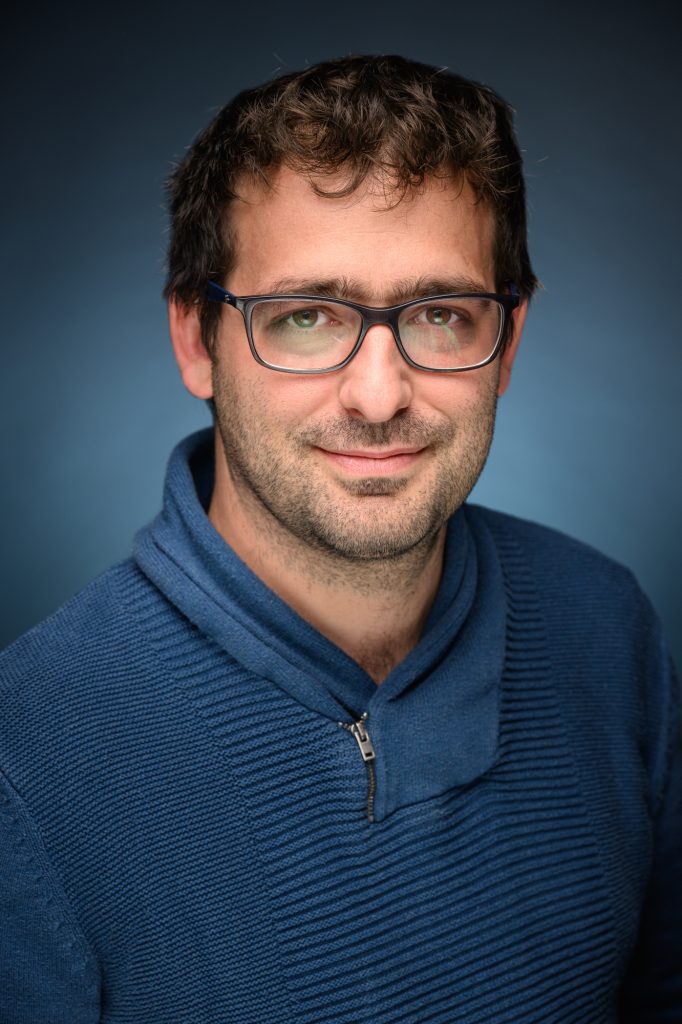

This was their very first time leading a School of Photography for YWAM. The leaders Raphael Paquet and Julie Gavillet hosted me during the week and translated me into French.
We did four lighting assignments.
Rembrandt
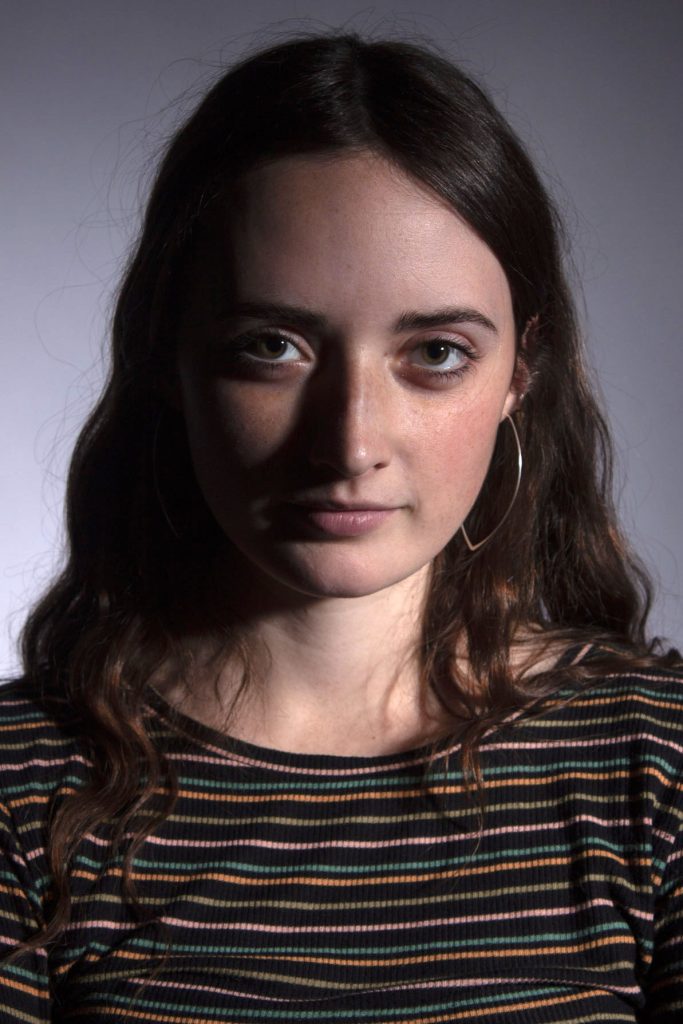

The students were learning where to place the leading light for a starting position with portraits. They also were learning not to light everything evenly.
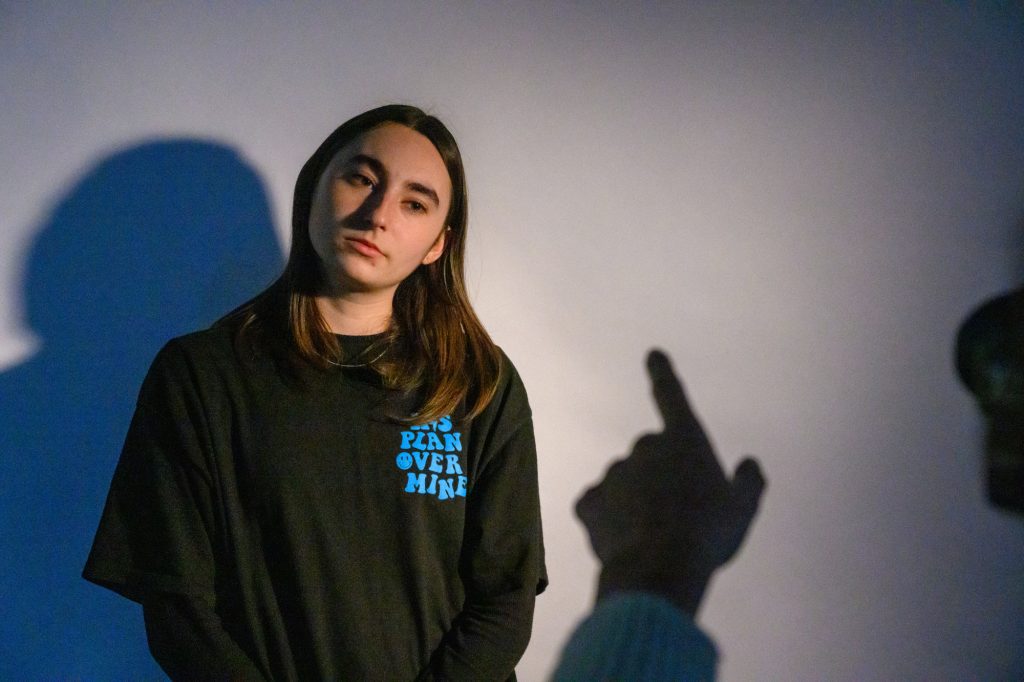
1:3 Lighting Ratio
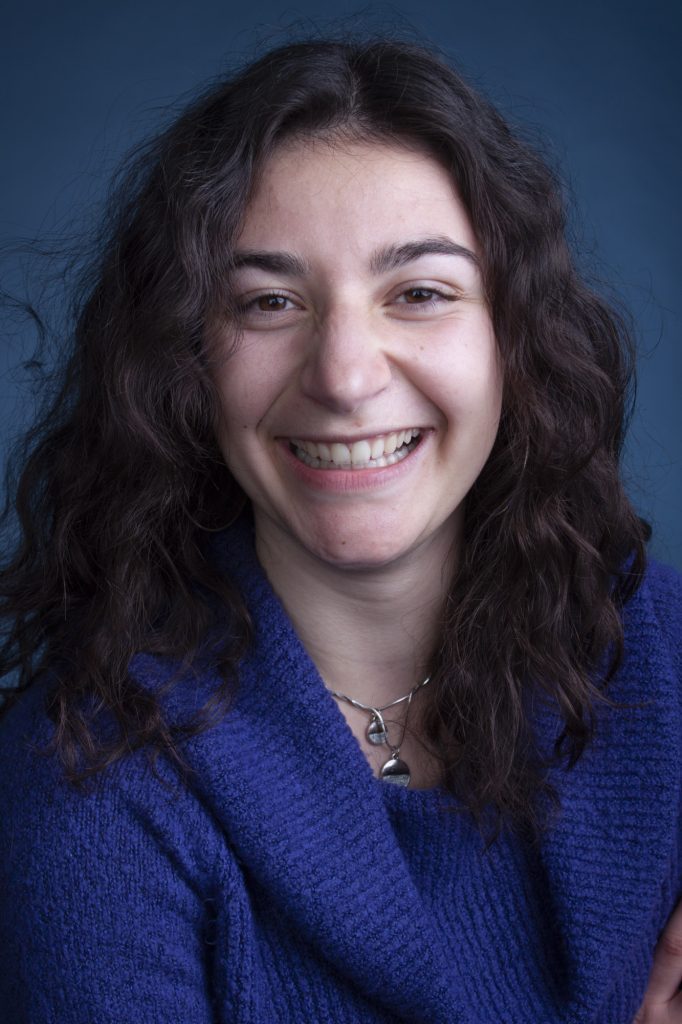

Clamshell Lighting
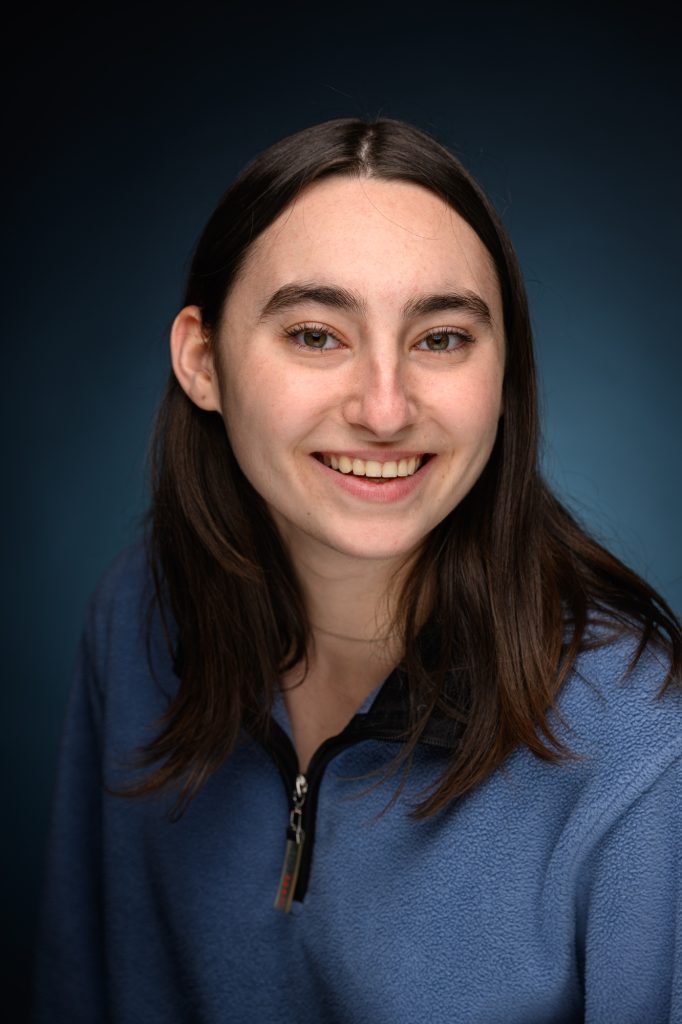
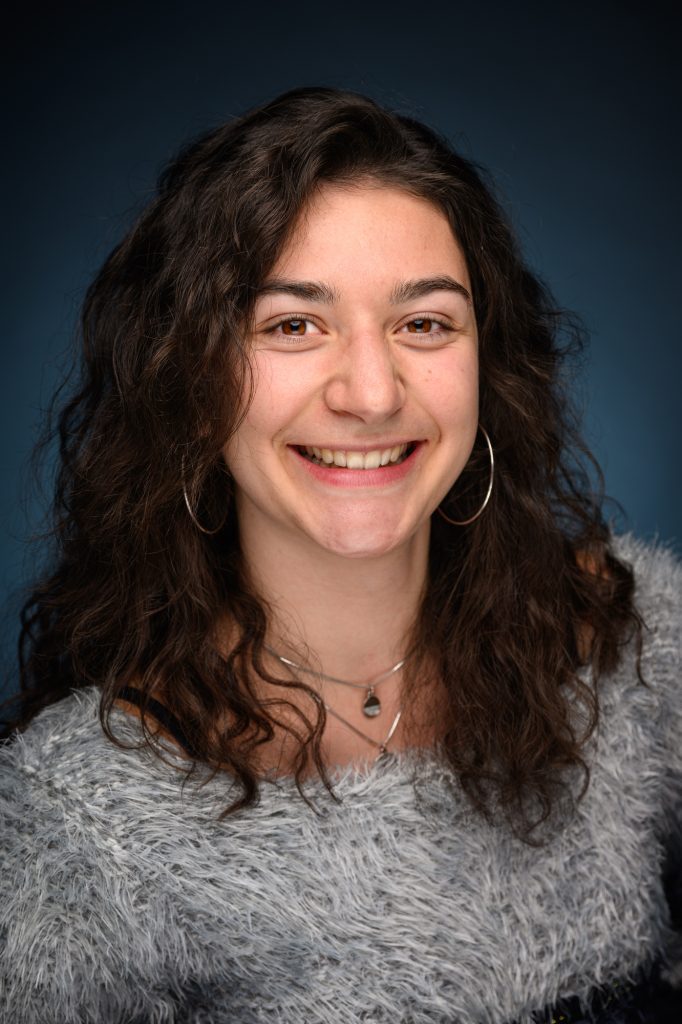
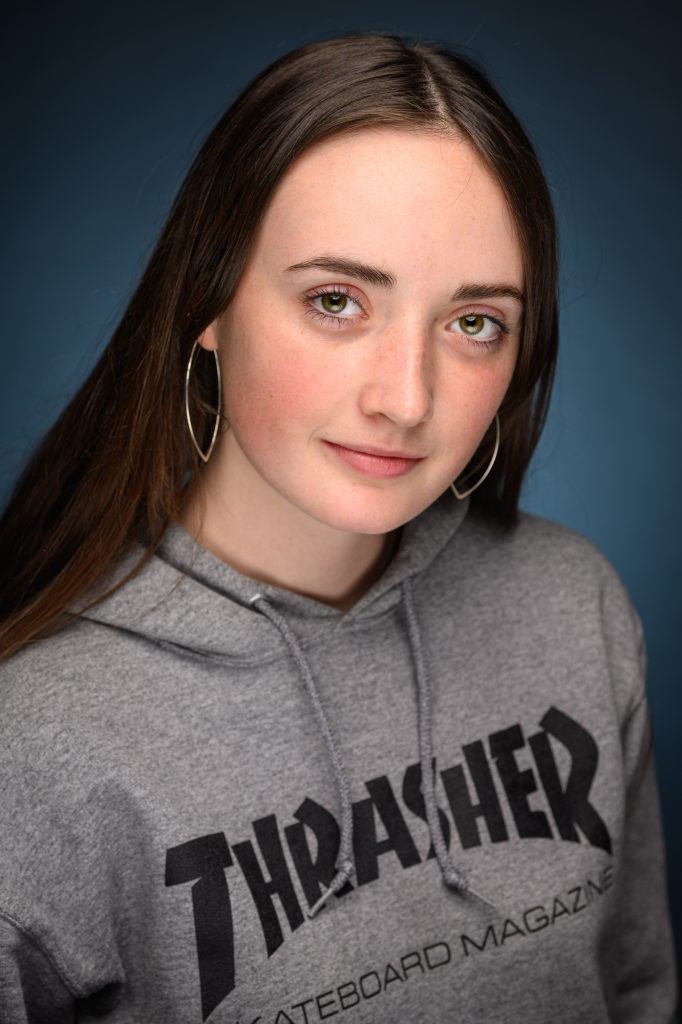
To demonstrate the Clamshell/Butterfly lighting, I took everyone’s photo. Here are the three students.

Tent Lighting for Products
This is because some students work with the tent lighting setup to photograph products.
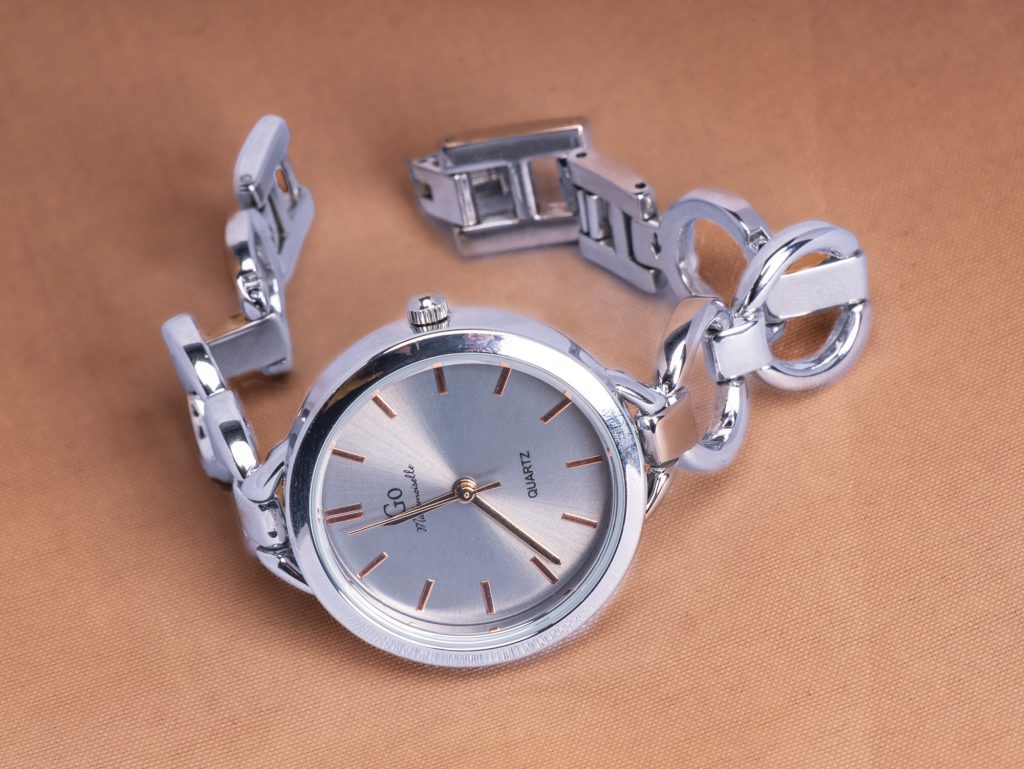

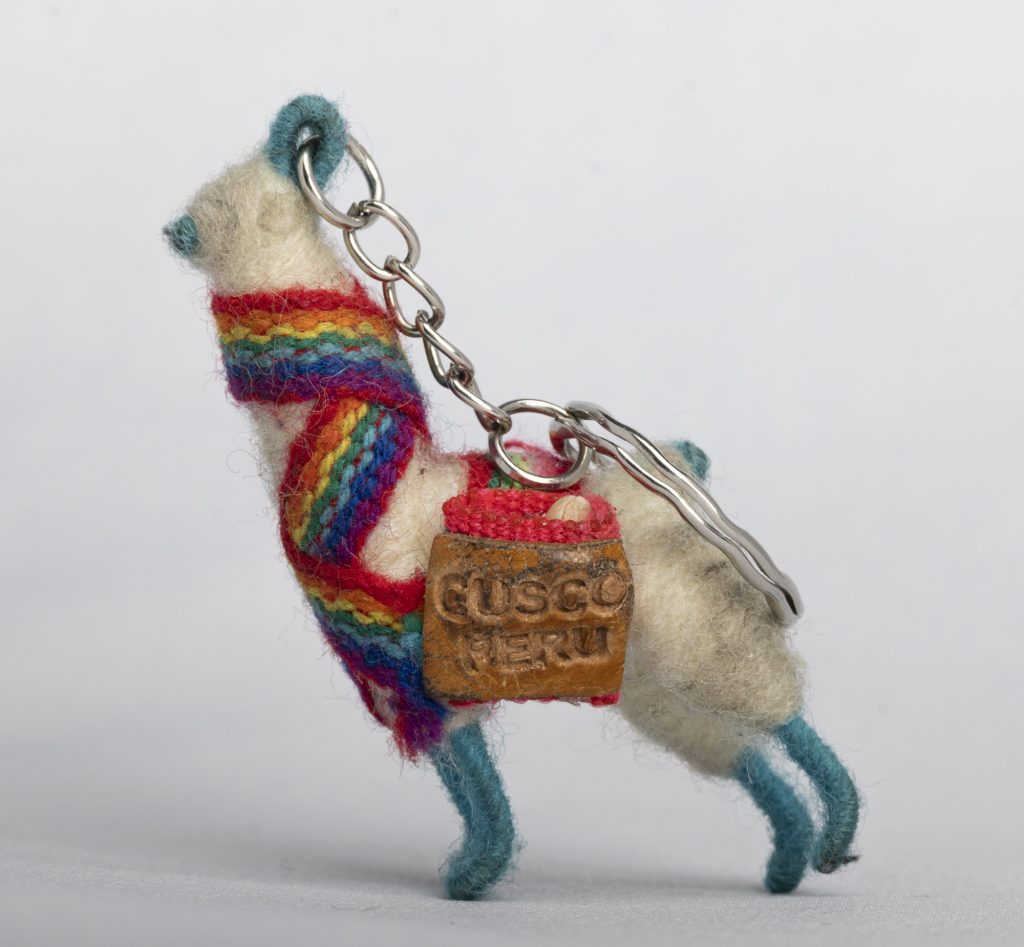
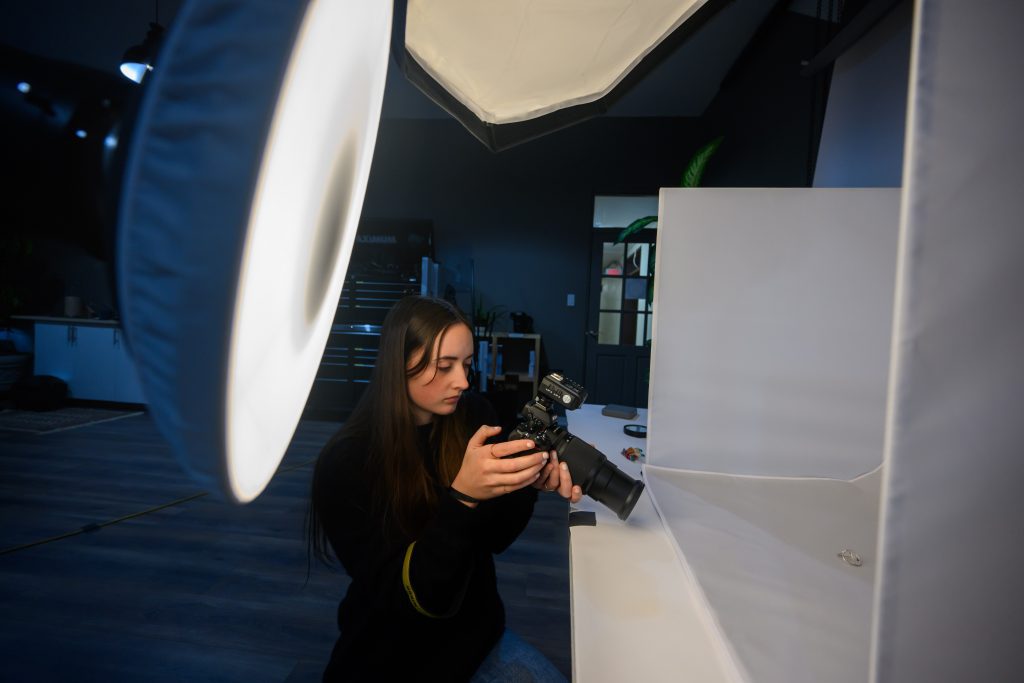
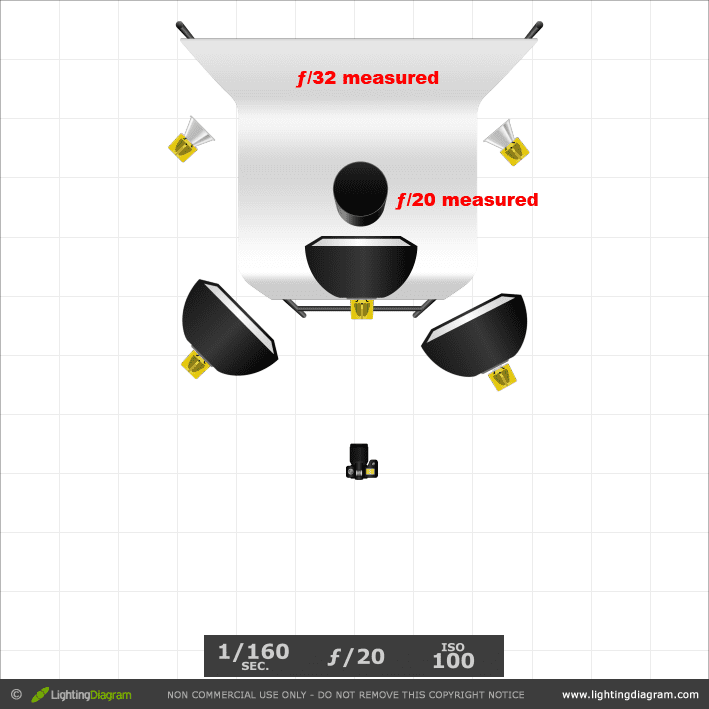
I also told about my journey in photography and how it took time before I got the assignments I wanted. I also taught them a little about how to make a living with Business Practices.
You may be interested in a Lighting Workshop. Drop me a line if you are interested.

